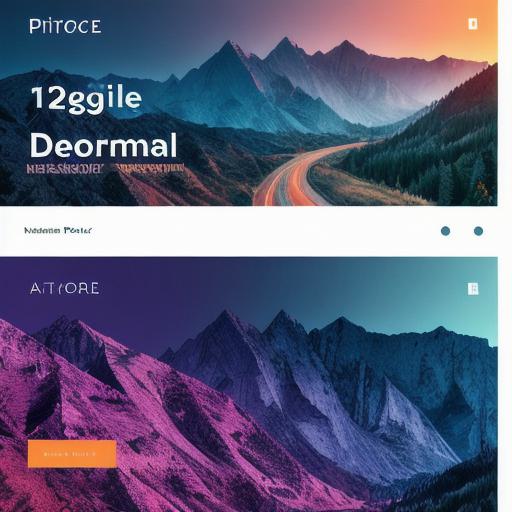Introduction:
Web3 technology is rapidly evolving, and as a developer, you need to stay ahead of the curve to remain competitive in the industry. One way to achieve this is by using the latest frameworks that are designed to help you build more efficient and scalable applications. In this article, we will explore how Angular 12 can help you upgrade your Web3 development and improve your productivity and efficiency.

Why Use Angular 12 for Web3 Development?
Angular 12 is a powerful JavaScript framework that is designed to make web application development more efficient and scalable. It comes with a wide range of features, including data binding, routing, dependency injection, and server-side rendering, among others. These features make it easy to build complex applications quickly, which can help you save time and resources in the long run. Additionally, Angular 12 is compatible with Web3 technologies such as Ethereum, Solana, and Cosmos, making it a popular choice for building decentralized applications (DApps).

Benefits of Using Angular 12 for Web3 Development
Angular 12 offers several benefits when it comes to Web3 development. Firstly, it allows you to build more efficient and scalable DApps. With its built-in support for server-side rendering, Angular 12 can help you reduce the load on your client-side infrastructure, which can lead to faster response times and a better user experience. Additionally, Angular 12’s data binding feature makes it easy to synchronize data between your DApp’s frontend and backend, which can help you avoid errors and improve your application’s overall performance.
Real-Life Example: Building a Decentralized Marketplace with Angular 12
Let’s take a look at an example of how Angular 12 can be used to build a decentralized marketplace. Suppose you want to create a platform that allows users to buy and sell non-fungible tokens (NFTs) on the Ethereum blockchain. To achieve this, you would need to build a DApp that can interact with smart contracts on the Ethereum network.
Using Angular 12, you can create a user-friendly frontend for your marketplace that is optimized for performance and scalability. You can use Angular’s routing feature to create different pages for buying, selling, and viewing NFTs, and use its data binding feature to synchronize data between the frontend and backend. Additionally, you can use Angular’s dependency injection feature to manage your application’s dependencies more effectively, which can help you avoid errors and improve your overall productivity.
FAQs:
Q: What is Angular 12?
A: Angular 12 is a JavaScript framework that is designed to make web application development more efficient and scalable.
Q: Is Angular 12 compatible with Web3 technologies?
A: Yes, Angular 12 is compatible with Web3 technologies such as Ethereum, Solana, and Cosmos, making it a popular choice for building decentralized applications (DApps).
Q: What are the benefits of using Angular 12 for Web3 development?
A: Angular 12 offers several benefits when it comes to Web3 development, including data binding, routing, dependency injection, and server-side rendering. It allows you to build more efficient and scalable DApps, which can lead to faster response times and a better user experience.
Conclusion:
In conclusion, Angular 12 is a powerful JavaScript framework that can help you upgrade your Web3 development and improve your productivity and efficiency. By using its built-in features such as data binding, routing, dependency injection, and server-side rendering, you can build more efficient and scalable DApps quickly. Additionally, Angular 12’s compatibility with Web3 technologies makes it a popular choice for building DApps on the Ethereum blockchain and other decentralized networks. So if you are a Web3 developer looking to upgrade your skills, consider using Angular 12 to take your development to the next level.
